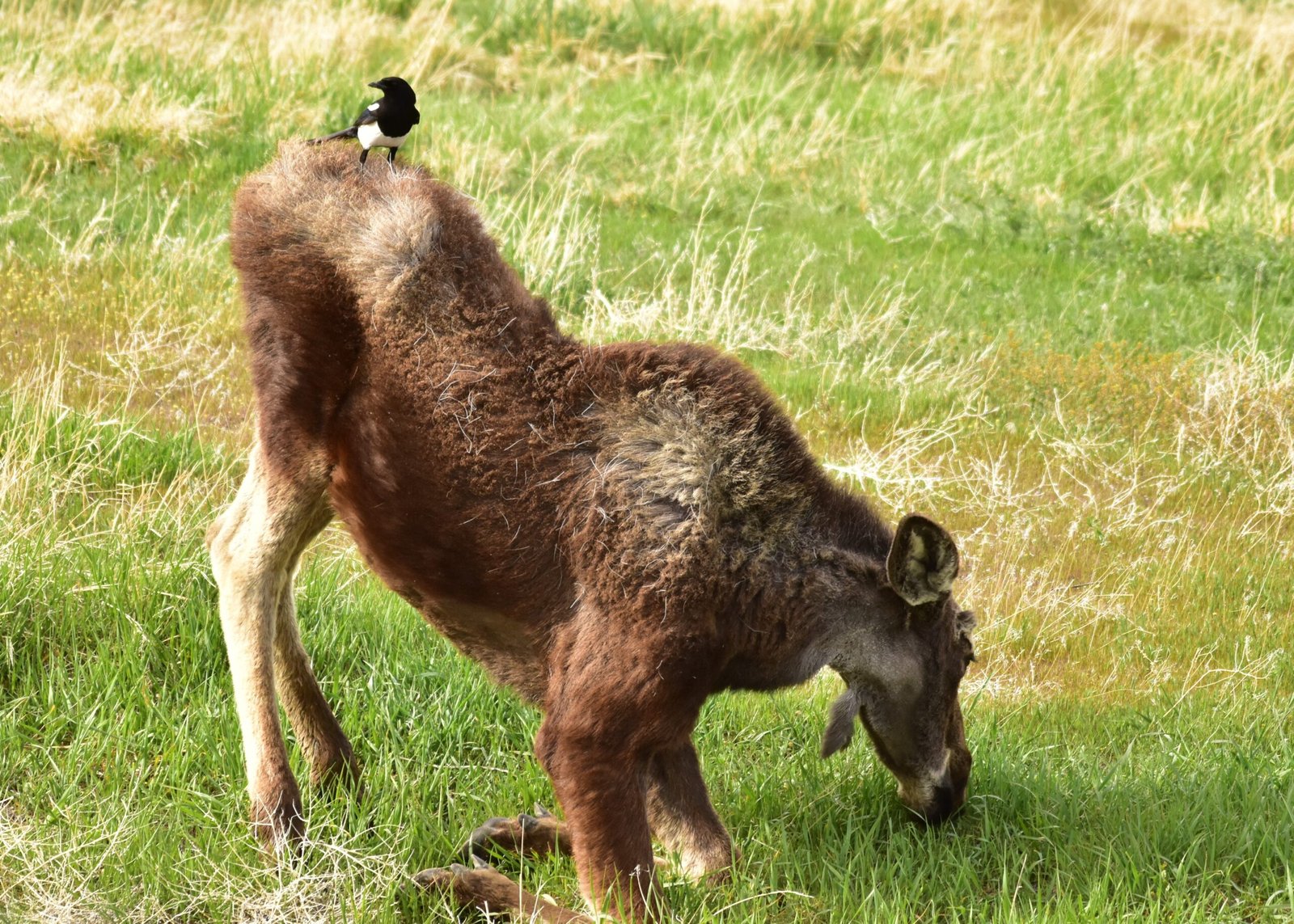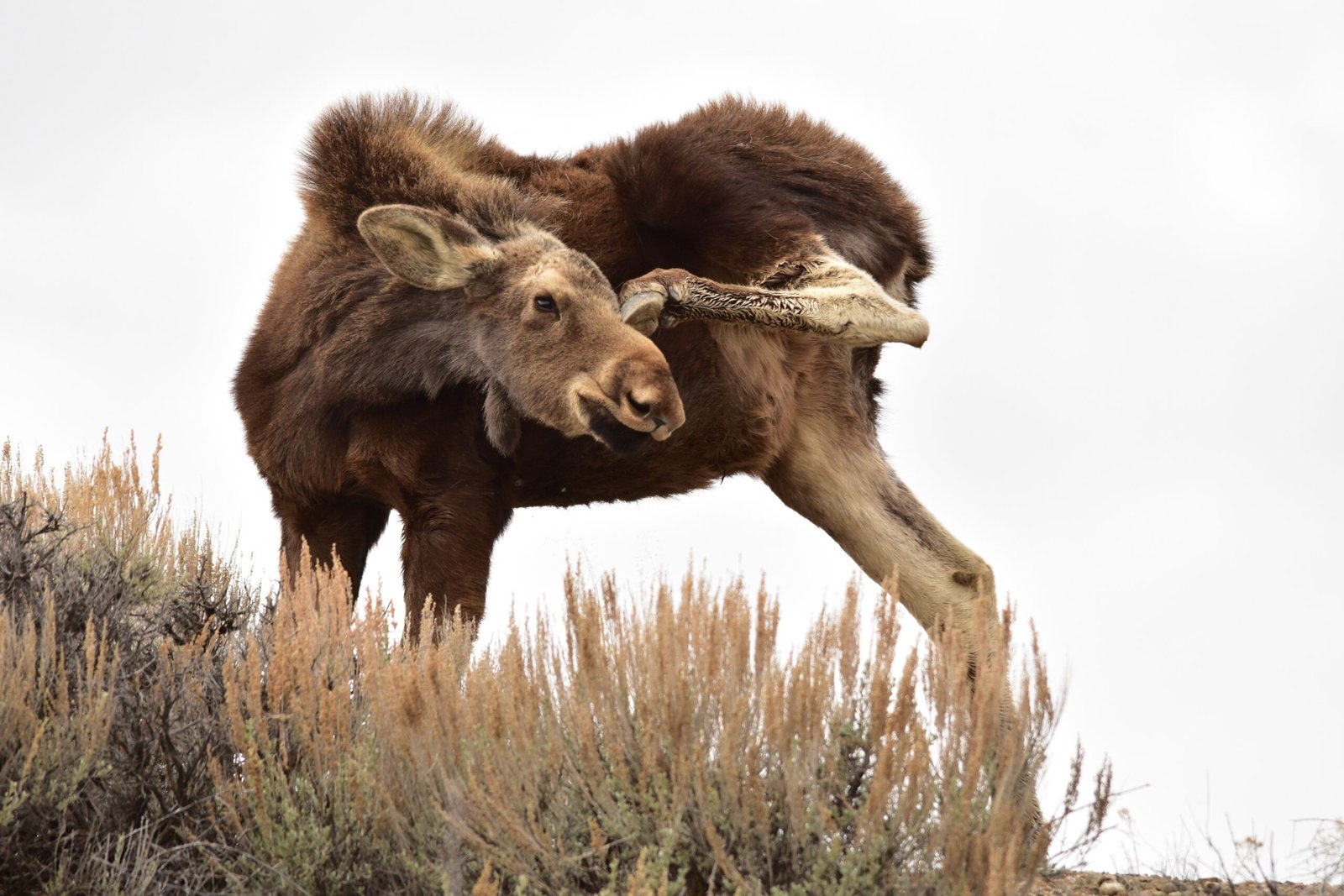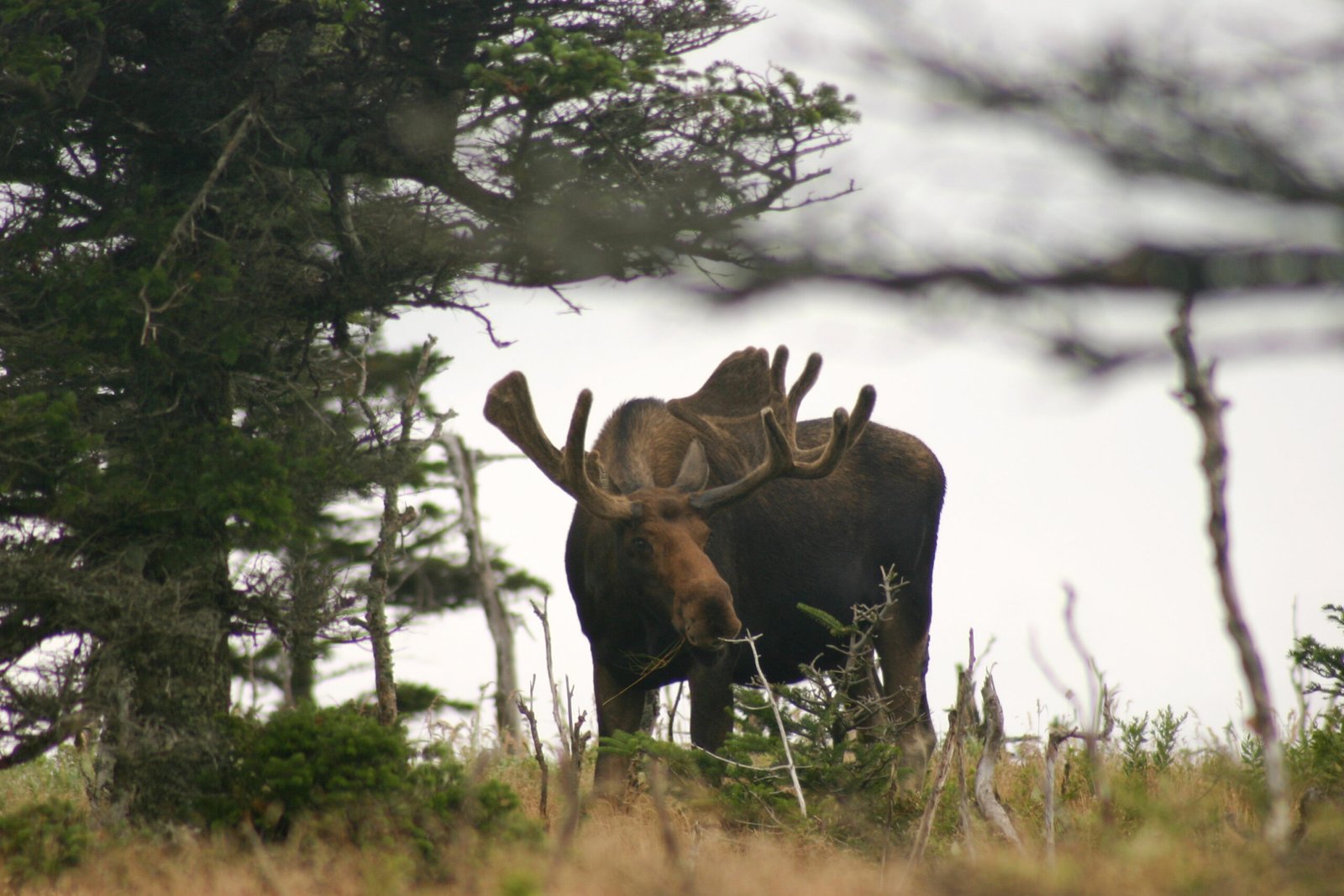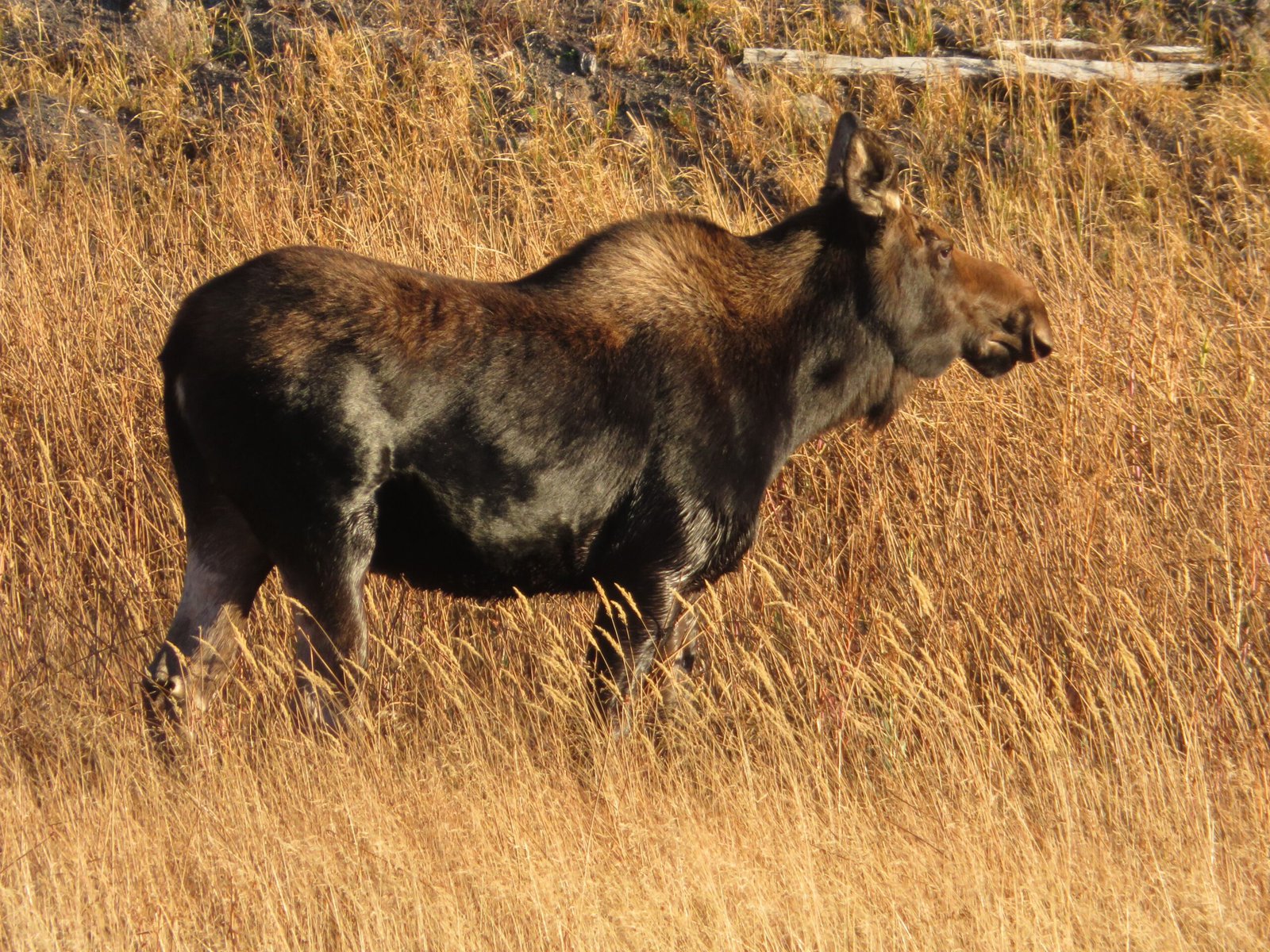Imagine wandering through the vast, misty forests of Maine at dawn, expecting to catch a glimpse of one of North America’s most majestic animals: the moose. Instead, you come across a haunting scene—a moose, gaunt and patchy, its coat ravaged by relentless parasites. This is not a rare sight anymore. The Maine moose, an icon of wild beauty and strength, is under siege by a tiny, bloodthirsty enemy: the winter tick. What’s happening in these forests isn’t just a wildlife issue—it’s a dramatic story of survival, science, and the delicate balance of nature tipping dangerously out of control.
Maine’s Iconic Moose: More Than Just a Symbol
For generations, the moose has been a symbol of Maine’s wild soul. With their towering antlers and lumbering grace, these animals spark wonder in locals and visitors alike. Moose are not only important for the state’s tourism, drawing thousands of wildlife enthusiasts and photographers, but they also play a critical role in the forest ecosystem. They help shape vegetation patterns and provide food for predators like bears and wolves. Losing them would mean more than just a diminished wilderness—it would be a blow to Maine’s identity and economy.
The Unseen Enemy: What Are Winter Ticks?

Unlike the ticks you might find crawling on a dog after a summer walk, winter ticks are a different menace altogether. These parasites attach themselves to moose in staggering numbers—sometimes tens of thousands per animal—each fall. Unlike deer ticks, which are notorious for spreading Lyme disease, winter ticks are bloodsuckers that physically drain their hosts. They latch on for months, feeding relentlessly throughout the winter. This can turn a moose’s thick winter coat into a patchy mess and sap its strength right when it needs it most.
A Grim Toll: How Ticks Hurt Moose Health
The effects of a heavy tick infestation are startling. Moose infested with thousands of ticks often lose so much blood that they become anemic and weak. Their constant scratching and biting to dislodge the ticks cause them to shed their fur, leaving them vulnerable to the harsh Maine winter. Calves are hit especially hard—many don’t survive their first year if they’re infested. Scientists have found that in some regions, up to 90% of moose calves can die during bad tick years. The image of a young moose, shivering and bald, is one that’s hard to forget.
Climate Change: The Catalyst Behind the Crisis
Why are winter ticks suddenly such a big problem? The answer lies in the changing climate. Winters in Maine are getting shorter and milder, and this shift gives ticks a better chance to thrive. Cold snaps that once killed off larval ticks before they could find a host are now rare. Longer falls mean more time for ticks to climb onto passing moose. As temperatures rise, the balance between parasites and their hosts tips dangerously, and moose pay the price.
Mother Moose and Calves: The Most Vulnerable
While all moose can suffer from tick infestations, mothers and their calves are the most at risk. Calves, with their smaller size and thinner blood reserves, are often overwhelmed. Mothers carry the added burden of sustaining both themselves and their offspring while fighting off thousands of parasites. In desperate attempts to rid themselves of ticks, moose sometimes scrape their skin raw on tree trunks, further weakening themselves. The struggle is heartbreaking and relentless.
Moose Behavior: Desperate Measures for Relief

Moose have developed some desperate strategies to cope with their tiny tormentors. Observers have seen heavily infested moose spending hours rubbing against trees, rolling in the snow, and even standing in icy streams in an attempt to dislodge ticks. These behaviors, while sometimes offering momentary relief, cost valuable energy and time. Every minute spent fighting ticks is a minute not spent feeding or resting—crucial activities for surviving Maine’s tough winters.
The Ripple Effect: Forests and Other Wildlife
The moose-tick crisis doesn’t just affect moose. When moose populations decline, it changes the entire forest ecosystem. Predators that rely on moose as a food source may struggle to find enough to eat. Fewer moose also means changes in vegetation, since moose are major browsers. The decline ripples outward, touching everything from shrubs and trees to birds and insects. Maine’s forests are intricate webs, and when moose suffer, the whole system feels the pain.
Science on the Front Lines: Studying the Epidemic
Researchers in Maine are racing to understand and address the tick problem. Biologists track moose using GPS collars, monitor calf survival rates, and study the life cycle of ticks in the wild. Some scientists are even experimenting with ways to break the tick’s cycle, such as targeted burning of underbrush or controlled culling to reduce moose density. Every new piece of data helps unravel the mystery of why this epidemic has exploded—and what, if anything, can be done to stop it.
Can Anything Be Done? Exploring Solutions

Solving the tick crisis isn’t simple. There’s no easy way to rid the forests of ticks without harming other wildlife. Some experts argue for reducing moose numbers so fewer hosts are available for the ticks, but this approach is controversial and emotionally charged. Others are looking at landscape management—altering forest structure to make it harder for ticks to find new hosts. There are even discussions about developing tick-repelling treatments, though delivering them to wild moose on a large scale is a massive challenge.
Why This Matters: More Than Just a Wildlife Story

The plight of Maine’s moose is more than a local tragedy. It is a warning sign about the cascading effects of climate change and the delicate balance that keeps ecosystems healthy. The story of the moose and the winter tick is a dramatic illustration of how small changes—warmer winters, a few degrees in temperature—can trigger massive, unexpected consequences. It’s a call to pay attention, to care, and to act before more of our natural world slips quietly into crisis.
Maine’s forests are whispering a warning through the suffering of their moose: nature’s balance is fragile, and every creature counts. How many more signs do we need before we listen?



